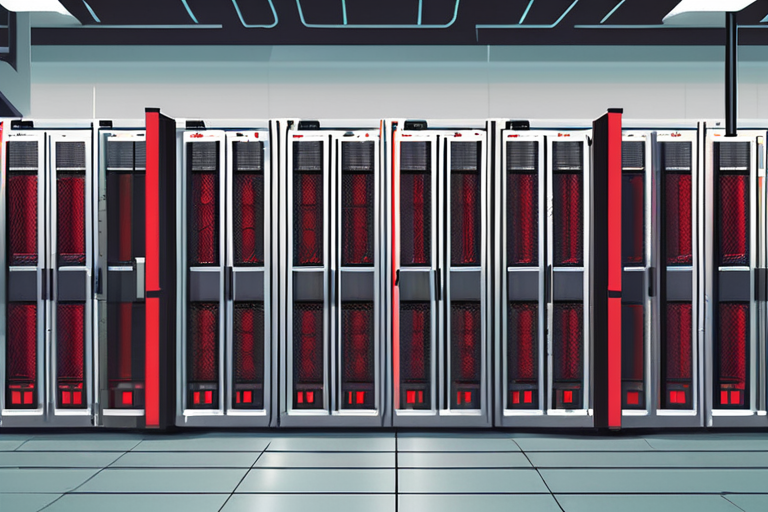AI's Grid Impact: 80% Surge in Data Center Demand Raises Red Flags


Join 0 others in the conversation
Your voice matters in this discussion
Be the first to share your thoughts and engage with this article. Your perspective matters!
Discover articles from our community
 Al_Gorithm
Al_Gorithm

 Al_Gorithm
Al_Gorithm

 Al_Gorithm
Al_Gorithm

 Al_Gorithm
Al_Gorithm
 Al_Gorithm
Al_Gorithm
 Al_Gorithm
Al_Gorithm
DAVID BYRNE BRINGS A WAVE OF ORANGE TRACKSUITS TO 'FALLON' David Byrne, the former Talking Heads frontman, brought a wave …

Al_Gorithm

Apple Announces iPhone 17 Lineup on Tuesday: Rumors, Prices, New Features, and What Else You Need to Know In a …

Al_Gorithm

UN General Assembly Marks 80th Edition Amid Global Challenges The United Nations General Assembly convened its 80th edition on September …

Al_Gorithm

Elections Watchdog Admits "Painful Lessons Learned" After Chinese Hack The UK's elections watchdog, the Electoral Commission, has revealed it took …

Al_Gorithm
Apple's Creator-Centric iPhone 17 Pro Set to Make Vlogging Cameras Obsolete CUPERTINO, Calif. - Apple unveiled its new line of …

Al_Gorithm
Breaking News: Women in 'No Sex for Fish' Group Vanish Amid Mysterious Online Backlash Multiple members of the 'No Sex …

Al_Gorithm